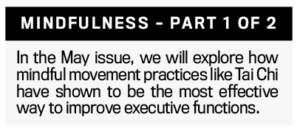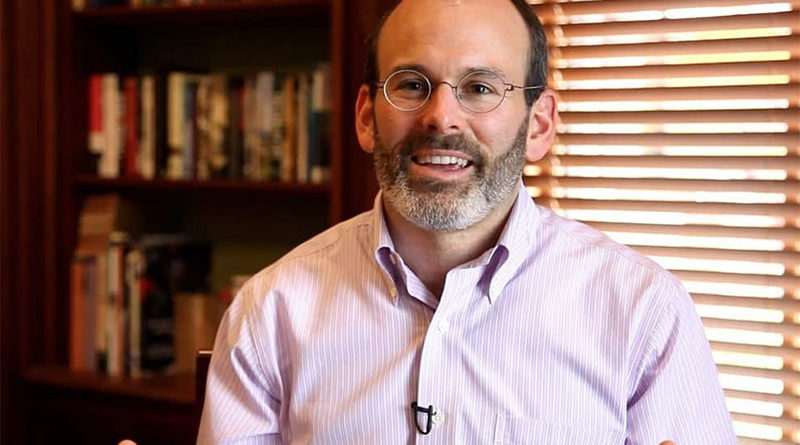A Mindful Approach To Breaking Bad Habits
A sight that stood out to Judson Brewer during his first trip to Paris with his wife a couple of years ago: the tourists.
Brewer, a psychiatrist who studies behavioral change, noticed visitors snapping photographs, posting on social media, and then spending the rest of their time checking their phones for likes and comments instead of enjoying the Louvre Museum.
So, what’s going on there?
It turns out that talking about ourselves is rewarding – much like eating a cupcake makes us happy or smoking a cigarette helps us destress.
This cyclical pattern of reward-based habit is about as primitive as it gets for humans, explained Brewer, who was in Dallas recently to speak during the Center for BrainHealth’s annual lecture series.
For example, let’s talk about those cupcakes. We see food that looks good, and our brain says, ‘Calories! Survival!’ So, we eat the food, and our brain remembers how good it made us feel and uses the same process to deal with emotions like being bored or sad.
See food. Eat food. Feel good. Repeat.
“Mindfulness is about changing relationships with thoughts, not freeing the mind of thinking.” -Judson Brewer
That reinforcement, Brewer said can be seen in both positive and negative situations.
“It turns out that 2,500 years ago, the Buddhist psychologists described the same process, and they described it this way: “Things get interpreted by the mind, they’re either pleasant or unpleasant, we have an urge for the pleasure to continue and the unpleasant to stop, and we develop behaviors to make that happen.”
While conventional treatments teach people to avoid these cues – if you drink alcohol, avoid the bars; if you smoke, you should eat carrot sticks instead – Brewer has found those processes don’t work.
What he has seen through research and trials is that the ancient practice of mindfulness is much more effective when it comes to stopping bad habits for the short and long term.
Instead of avoiding or substituting bad habits, Brewer said it is time to get curious about the moment between the craving and the urge to act.
For example, in a smoking treatment he runs, people are encouraged to light up but be mindful when doing so – to pay attention. One participant described mindful smoking as smelling “like stinky cheese and (tasting) like chemicals.”
“The idea is to notice relationship; can I be with the emotion and be curious without doing it,” Brewer said.
Brewer said mindfulness seems to drive a wedge in between the craving and the bad habit.

“If the craving is fire and smoking is the fuel for that fire, if you stop adding the fuel, that fire should be there for a bit but eventually die down,” he said. “Mindfulness is about changing relationships with thoughts, not freeing the mind of thinking.”









